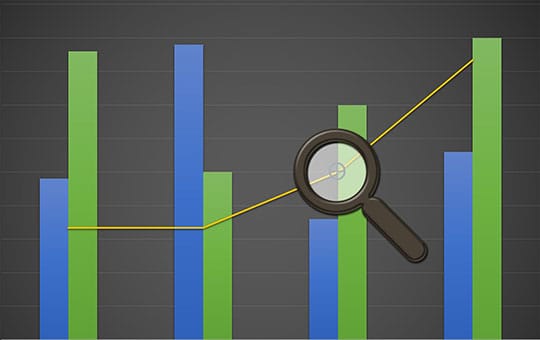Launching an eCommerce website is just the beginning. You want to know if customers remain engaged or rather what actions they take on-site, and what products they click on while there. Granted, click analytics provides a solution to these concerns. And any other actions a visitor takes beyond that such as making a sale, viewing other products on your website is what converts a visitor into a customer, and this is termed a ‘conversion point’.

Recommended for you: eCommerce Tips: 10 Incredible Ways to Satisfy an Upset Customer.
What advantages do click analytics provide to eCommerce sites?
Understanding what visitors are doing on-site and capturing their trends like what products they take much time on, and what they don’t like provides insights into what areas need improving. In general, the analytics shed light on customer behavior as a whole. In fact, click analytics data reveals what products your customers are most interested in, and their transaction trends on-site.
These analytics help eCommerce sites identify what triggers customers to buy their products at a certain time. Learning these triggers helps you provide an estimate, which tips the scales in the customer’s favor eventually triggering more sales.
Simply put, click data helps you learn which products are trending on-site, or rather what products really interest customers, thus, helping come up with ways to help promote these products and increase sales.

It’s a given: click analytics overly enhances sale funnels – an intended goal of any eCommerce website. What makes this analytics beneficial? They provide accurate clicks data each customer clicks on a product. This helps eCommerce sites to leverage on this particular data to help improve their sales.
Another benefit of click analysis is to help prevent customers from abandoning products on-site. It helps pinpoint where precisely abandonment happens and what prompts it. Having this knowledge at your disposal makes it easier to prevent future abandonment of products especially if the number of customers abandoning the product or page is high.
Other alternative analytics tools to use on your eCommerce site
There are other tools to use to monitor customer’s behaviors on-site beside clicks, and that’s heatmaps data. Heat map analysis provides crucial information on where exactly a buyer spends most of their time on your site, or rather it indicates the duration they took on a particular web page.
This information is relayed through their cursors position, and how long they rested on it while browsing your website. Through heat map analysis, it’s easier to gauge important products/services from those that create less traction on-site. The science behind heatmaps analysis is akin to click analysis since both tools provide customers behavior data.
Online trackers are ideal analytics tools as well. You can use them to track paid adverts to understand which ones create more engagement. Most product managers want to know how effective their ads are, and the general perception towards them. So, they will often add a Call to Action, or CTA, on paid ads.

But to better understand which areas of the paid ads received most clicks, they use online trackers such as chat bots or session replay recordings to gain most from the data relayed.
In other words, as a marketer or product manager, you’ll have a proper understanding of how effective your ads are, and user engagement toward them, if you use reliable online trackers. Data generated from these trackers assists you to create compelling ads [in future] with high click-through rates.
If your goal is to precisely understand the behavior of your target audience and how they effectively respond toward your products/services or web pages on-site, it’s crucial to use a reliable analytics tool.
You cannot overstate the importance of these tools especially if your website attracts massive traffic or generates user’s data in large numbers. Because the greater the traffic, the better and more detailed the analytics tools results will be.
Regardless of the size of your company or its marketing strategies, it’s necessary to understand how a particular analytic tool or service will help steer the growth of your eCommerce site and scale its sales in future prior to use it.
You may also like: Latest ECommerce Trends to Improve Your Business
Final Words

Through effective data mining of buyer’s behaviors and tendencies, you will be able to create engaging products, even paid advertisements with higher conversion rates. These analytics tools will significantly enhance your company’s growth if you understand their value, what they do, and how useful they are.





